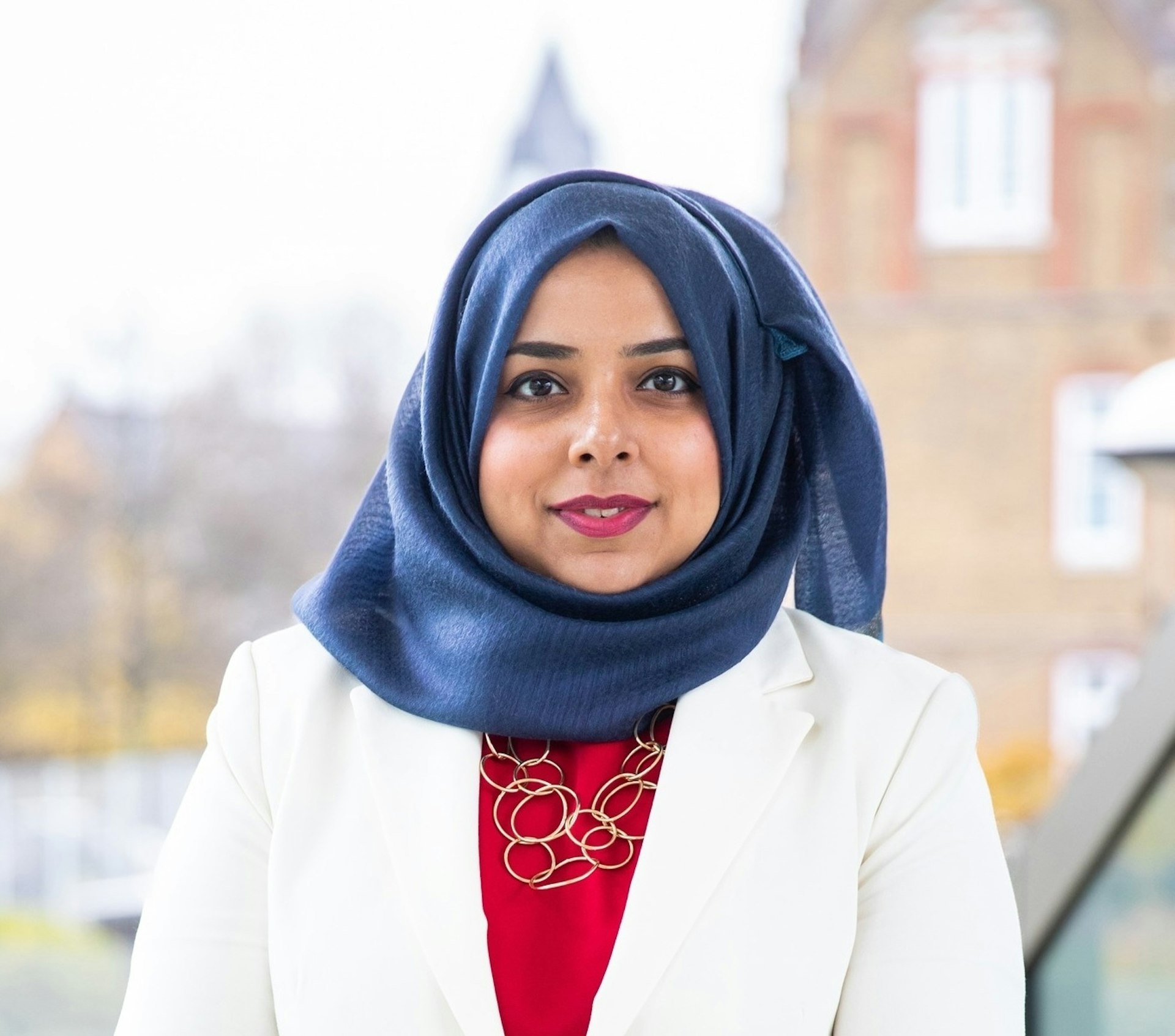The photographer capturing Black life in Ghana & Britain
- Text by Huck
- Photography by James Barnor

Despite working as one of Ghana’s first international press photographers with a career spanning six decades, James Barnor’s name has remained relatively unknown for most of his professional life. That is, until 2009, when Barnor showed his archive to two London curators – an astounding document of post-war modernity including photos from the time of Ghana’s independence, scenes of multicultural London, and later images recording a strong postcolonial identity in Ghana.
Soon after the discovery of his archive of around 32,000 images, the photographer finally began to receive the recognition he has long deserved. In 2010, when Barnor was age 81, a major solo retrospective exhibition of his photographs, Ever Young: James Barnor, was mounted at Rivington Place, London, followed by a series of exhibitions including in the United States and South Africa.


Now, the British-Ghanian photographer, who is 91-years-old, has a new retrospective book, The Roadmaker (RRB Books) and an exhibition titled James Barnor: Ghanaian Modernist at Bristol. “He’s on a par with some of the more famous or established or canonical African photographers,” explains Julia Carver, curator of the exhibition at Bristol Museum & Art Gallery. “But he had kind of fallen off the radar.”
Towards the start of his career, Barnor established his own studio in Accra, Ever Young, in 1950, working from there at the time of Ghana’s independence while also selling his pictures to the Daily Graphic and Drum magazines. In Ghana, “[Barnor] helped to record the changes that were happening, like the campaigning for independence that had been going on for some 10 years after the war in which Ghanaian soldiers fought,” says Carver. “He also portrayed a lot of women, but also men and children and people entering a range of professions”. Indeed, everyone from young students, to policemen, and yoga teachers stood before his lens.
“He’s a very charismatic person,” says Carver. “It makes you realise how he was able to create shots that are so natural. He charmed his sitters, and you can really see that in the photographs.”


Barnor left Ghana and went to Britain in 1959, where he set about recording the African diaspora in London and a country on the cusp of the swinging sixties. Some of his most striking photographs from this period feature Black models such as Erlin Ibreck and Marie Hallowi, offering a much-needed counterpoint to the overwhelmingly white British fashion world at that time.
He eventually went on to study at Medway College of Arts, where he gained employment as a technician, later returning to Accra in 1969, where he established X23, the city’s first colour photography studio. Barnor returned to London again in the 1990s, where he has lived ever since.
“Here, he’s really become a really vital figure,” says Carver. “In Ghana, that’s becoming increasingly true as well… He doesn’t resent the fact that it took a bit of time [to become recognised]. He talks about being lucky. It’s a great thing, and very well deserved.”



James Barnor – The Roadmaker is available now on RRB Photobooks. The exhibition James Barnor: Ghanaian Modernist is on now through till October 31 at Bristol Museum and Art Gallery as part of Bristol Photo Festival.
Enjoyed this article? Like Huck on Facebook or follow us on Twitter.
Latest on Huck

“I refuse to accept child poverty is a normal part of our society”: Apsana Begum MP on voting to scrap the cap
After seeking to “enhance” the King’s Speech by voting for the scrapping of the controversial two child benefit cap, the MP for Poplar and Limehouse lost the Labour Whip.
Written by: Apsana Begum

Is skateboarding really a subculture anymore?
With skate’s inclusion in the Olympics, Kyle Beachy asks what it means for the culture around the sport, and whether it’s possible to institutionalise an artform.
Written by: Kyle Beachy

Autism cannot be cured — stop trying
A questionable study into the ‘reversal’ of autism does nothing but reinforce damaging stereotypes and harm, argues autistic author Jodie Hare.
Written by: Jodie Hare

Bristol Photo Festival returns for second edition
After the success of it’s inaugural run, the festival returns this autumn with exhibitions, education and community programmes exploring a world in constant motion through still image.
Written by: Ben Smoke

Documenting the life of a New York gang leader paralysed by gun violence
New photobook ‘Say Less’ is a complex yet humanising look into a life wrecked by gun violence and organised crime.
Written by: Isaac Muk

The woman who defined 80s Hip Hop photography
A new exhibition brings together Janette Beckman’s visionary and boundary pushing images of an era of cultural change and moral panic.
Written by: Miss Rosen